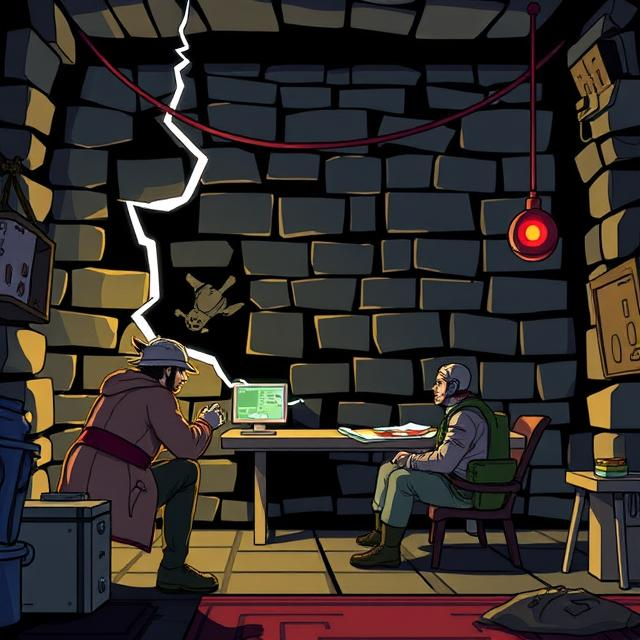Breaking the fourth wall—when a game acknowledges the player’s presence directly—can be risky. But when done with purpose, it creates unforgettable moments that challenge narrative boundaries and elevate player engagement.
One of the most iconic examples is Metal Gear Solid, where Psycho Mantis reads the player’s memory card and comments on their play history. The game forces players to switch controller ports to beat him, blending real-world action with in-game storytelling. It’s jarring, clever, and memorable because it uses the medium’s unique strengths.
In Undertale, characters are aware of save states, resets, and previous timelines. The game comments on player morality and decision-making across runs. It’s not just a gimmick—it’s central to the emotional impact.
The Stanley Parable is another standout. The narrator reacts dynamically to your actions, encouraging or mocking you depending on your choices. The game constantly questions what choice even means, making the player part of the narrative structure itself.
However, fourth wall breaks can also fail when overused or used without meaning. If a character suddenly refers to “the player” without context or narrative logic, it risks pulling players out of immersion rather than deepening it.
To work well, breaking the fourth wall should:
- Reinforce the game’s themes or emotional core
- Be contextually appropriate and well-timed
- Offer gameplay consequences or narrative payoff
Used sparingly and with intent, this technique reminds players they’re not just observers—they’re participants. And sometimes, the game knows it.


Leave a Reply